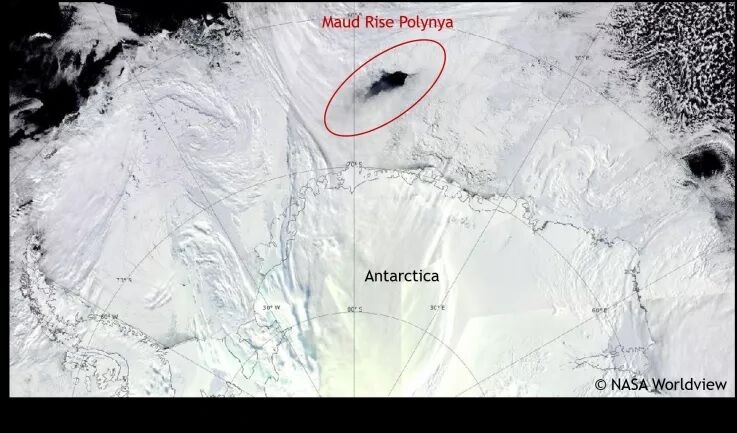The size of a city: huge holes found in Antarctica (photo)

A new study has shown that huge holes opening up on Antarctica's ice shelves may be linked to the formation of giant icebergs that break away from the frozen continent.
These "windows into the sub-shelf environment" may provide clues to how the ice melts deep below the surface, lead author Elena Savage, a doctoral student in the Department of Geophysics at the Colorado School of Mines, told Live Science.
Also read: Scientists find tons of living microorganisms hiding inside glaciers in the Arctic
The scientists studied the formations on the Pine Island Glacier, which, according to Savage, "is one of the most vulnerable glaciers in Antarctica." They used satellite data to create a 22-year dataset of line changes along the glacier's edge.

In 22 years of data, they found a huge variability in the number and size of holes, with the total area covered ranging from zero to 322 square kilometers. The largest single hole was recorded in 2007 and covered an area of 269 square kilometers. It peaked only 68 days before a 714-square-kilometer iceberg broke free.

The researchers also saw that the holes formed in the same locations over the years, but they varied in size. It is possible that persistent and localized ice-free areas near the glacier front affect its structural integrity and influence how the shelf glacier cracks under the pressure of a constant flow of ice from the land.
Earlier, scientists named four countries that may disappear due to glacial melting.
If you want to get the latest news about the war and events in Ukraine, subscribe to our Telegram channel!
